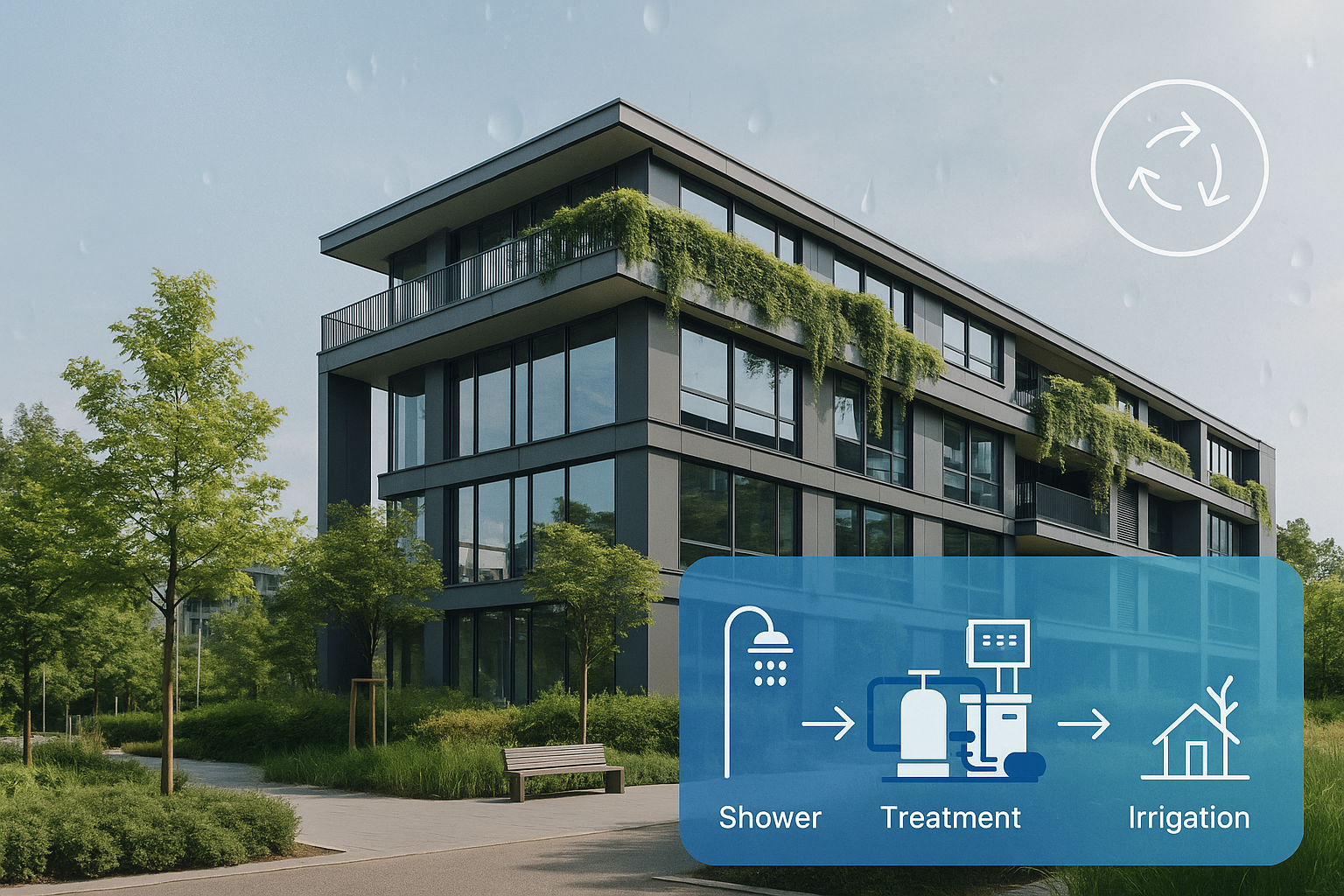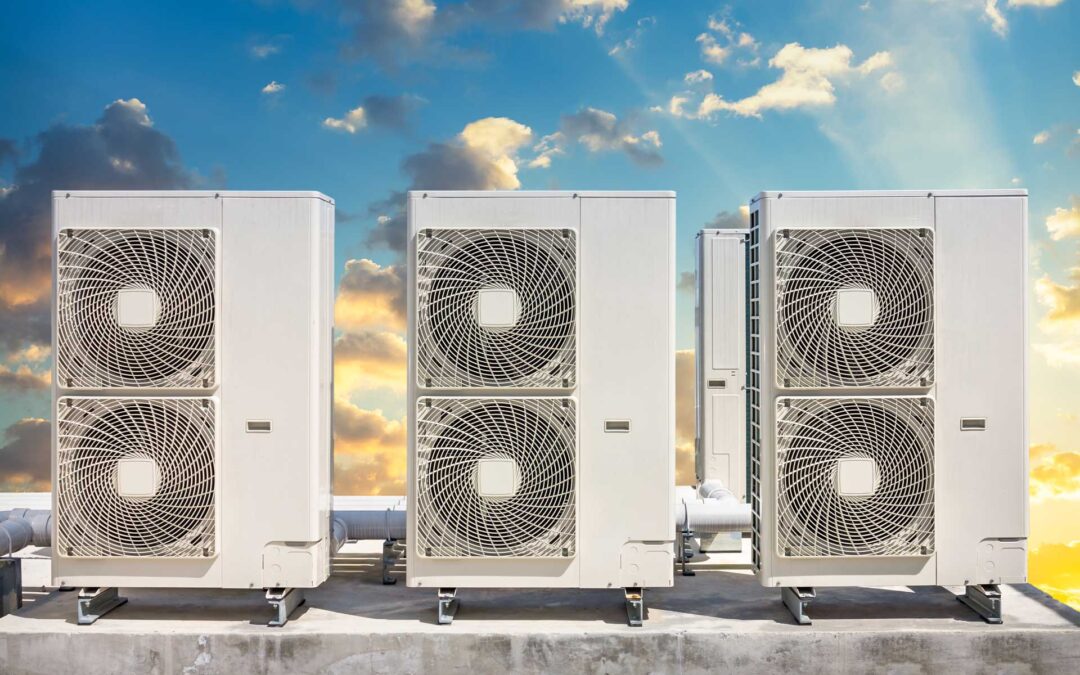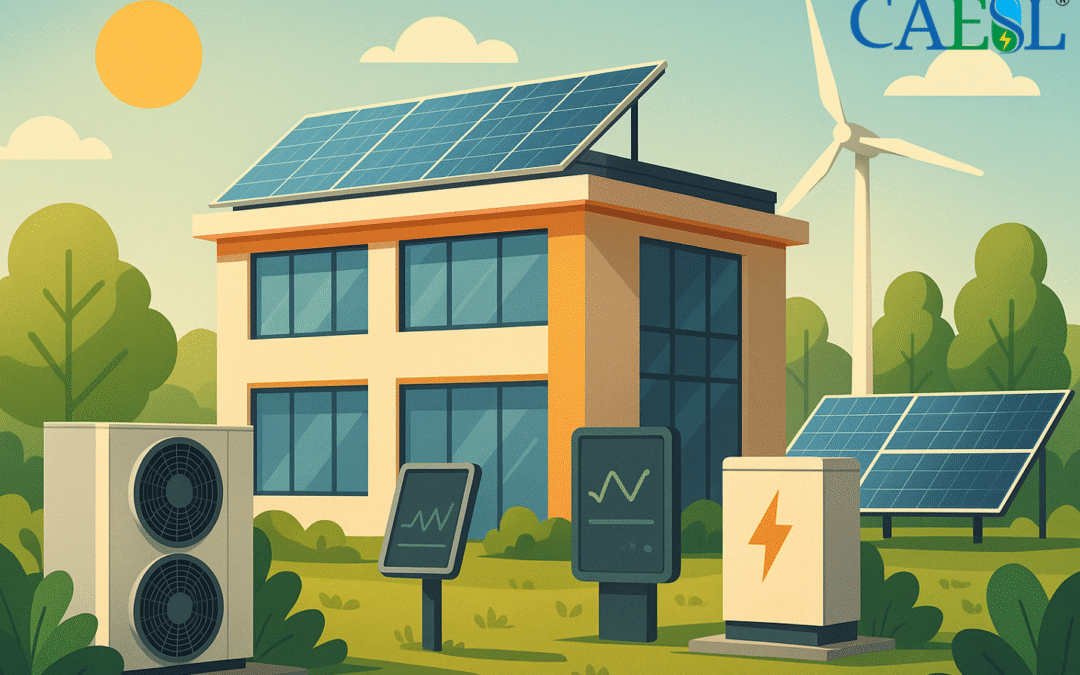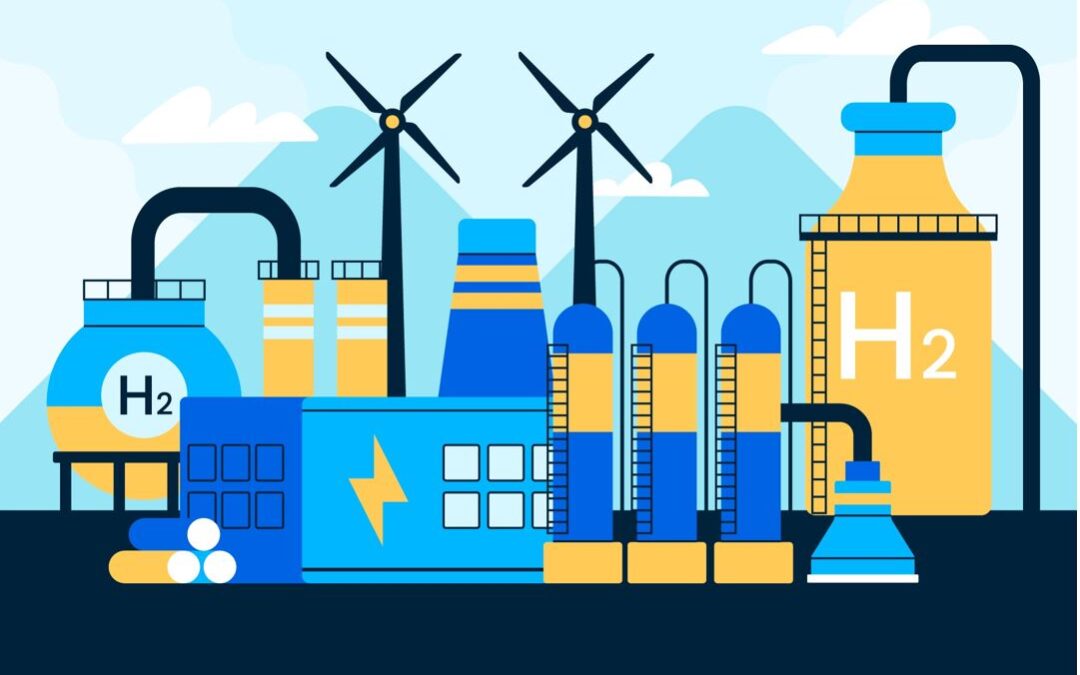The UK is facing growing water challenges. Climate change, rapid urban development and rising demand are placing increasing pressure on our water systems. By the 2030s, a supply-demand deficit is expected, especially in cities where most of us live and work (DEFRA, 2022). Water supply and treatment currently account for around 6% of the UK’s carbon emissions, creating further challenges as we work towards Net Zero (Waterwise, 2023).
At Chamberlains Aqua & Energy Systems Limited (CAESL, we recognise that tackling water efficiency is not just about saving water. It’s about reducing costs, carbon emissions and the environmental impact of water use in our buildings. Greywater Recycling (GWR) is one of the effective tools we integrate within our EPC+ service to help organisations future-proof their buildings and operations.

Why Greywater Recycling Matters
Greywater refers to wastewater from showers, bathroom sinks, and washing machines (excluding toilet water). It accounts for around 40–80% of a building’s wastewater (World Health Organization, 2022). With the right treatment, greywater can be reused for non-drinking purposes such as toilet flushing, irrigation or cooling systems.
By recycling greywater, buildings can cut potable water use by 30–50% in residential settings and even higher in commercial buildings (Jefferson et al., 2004; Friedler, 2004). This reduces water bills, eases pressure on sewerage systems, and supports environmental goals by conserving freshwater resources.
A Growing Challenge for the UK
The issue of water scarcity is no longer limited to the drier regions of the southeast. The Met Office has reported a 20% reduction in summer rainfall in some areas since 1990 (Met Office, 2023). Meanwhile, water demand in urban areas has increased by 30% in the past two decades (Waterwise, 2023).
Water is also energy-intensive to supply and treat, meaning higher water use equals higher carbon emissions, creating a cycle that conflicts with the UK’s Net Zero ambitions (DEFRA, 2022).
The Cost of Doing Nothing
Ignoring the need for water efficiency measures could lead to:
-
Increased water bills for businesses and households.
-
Over-abstraction from rivers and aquifers, damaging ecosystems, with 25% of UK freshwater ecosystems at risk of collapse (Waterwise, 2023).
-
Higher carbon emissions from water treatment and supply, potentially adding 10 million tonnes of CO2 annually (Friedler, 2004).
-
Greater risk of sewer overflows, leading to pollution and biodiversity loss (Rozos et al., 2016).
In short, inaction risks increased environmental, social, and economic costs for communities and organisations across the UK.
Why Greywater Recycling Makes Sense
Greywater recycling offers a practical, scalable and cost-effective solution to these challenges. It allows organisations to reduce water consumption, cut utility bills and support Net Zero goals, all while improving building sustainability and resilience (United Nations, 2015).
Financially, GWR systems can offer attractive payback periods, with commercial properties seeing annual savings ranging from £10,000 to £50,000 depending on scale and water usage (Jefferson et al., 2004). These savings are complemented by benefits such as BREEAM and LEED credits, regulatory compliance, and enhanced ESG performance.
Looking Ahead
Integrating greywater recycling into your organisation’s strategy is a proactive step towards building resilience against future water shortages, controlling costs, and reducing environmental impact.
At CAESL, we are committed to helping organisations plan and implement practical sustainability measures that align with short-term goals and long-term Net Zero strategies. If you would like to explore how greywater recycling could support your organisation’s sustainability journey, please get in touch.
👉 Contact us at services@caesl.co.uk to start your water efficiency journey today.
References:
-
Department for Environment, Food & Rural Affairs (2022) Meeting the Demand: Future Water Use in the UK. London: DEFRA.
-
Friedler, E. (2004) ‘Quality of individual domestic greywater streams and its implication for on-site treatment and reuse possibilities’, Environmental Technology, 25(9), pp. 997–1008. doi: 10.1080/09593330.2004.9619393.
-
Jefferson, B. et al. (2004) ‘Technologies for domestic wastewater recycling’, Urban Water Journal, 1(4), pp. 285–292. doi: 10.1080/15730620412331298376.
-
Liu, Y., Zhang, Y. and Wang, X. (2019) ‘Smart water management using IoT and AI: A review’, Journal of Cleaner Production, 237, p. 117725. doi: 10.1016/j.jclepro.2019.117725.
-
Met Office (2023) UK Climate Projections: Rainfall Trends 1990–2022. Exeter: Met Office.
-
Rozos, E., Makropoulos, C. and Butler, D. (2016) ‘Design and operation of decentralized greywater recycling systems’, Water Resources Management, 30(12), pp. 4297–4310. doi: 10.1007/s11269-016-1419-6.
-
United Nations (2015) Transforming our world: The 2030 Agenda for Sustainable Development. New York: UN General Assembly.
-
Waterwise (2023) Water Efficiency Strategy for the UK. London: Waterwise.
-
World Health Organization (2022) Safe Use of Greywater: Global Best Practices. Geneva: WHO.
Author: Megha kabsuri



